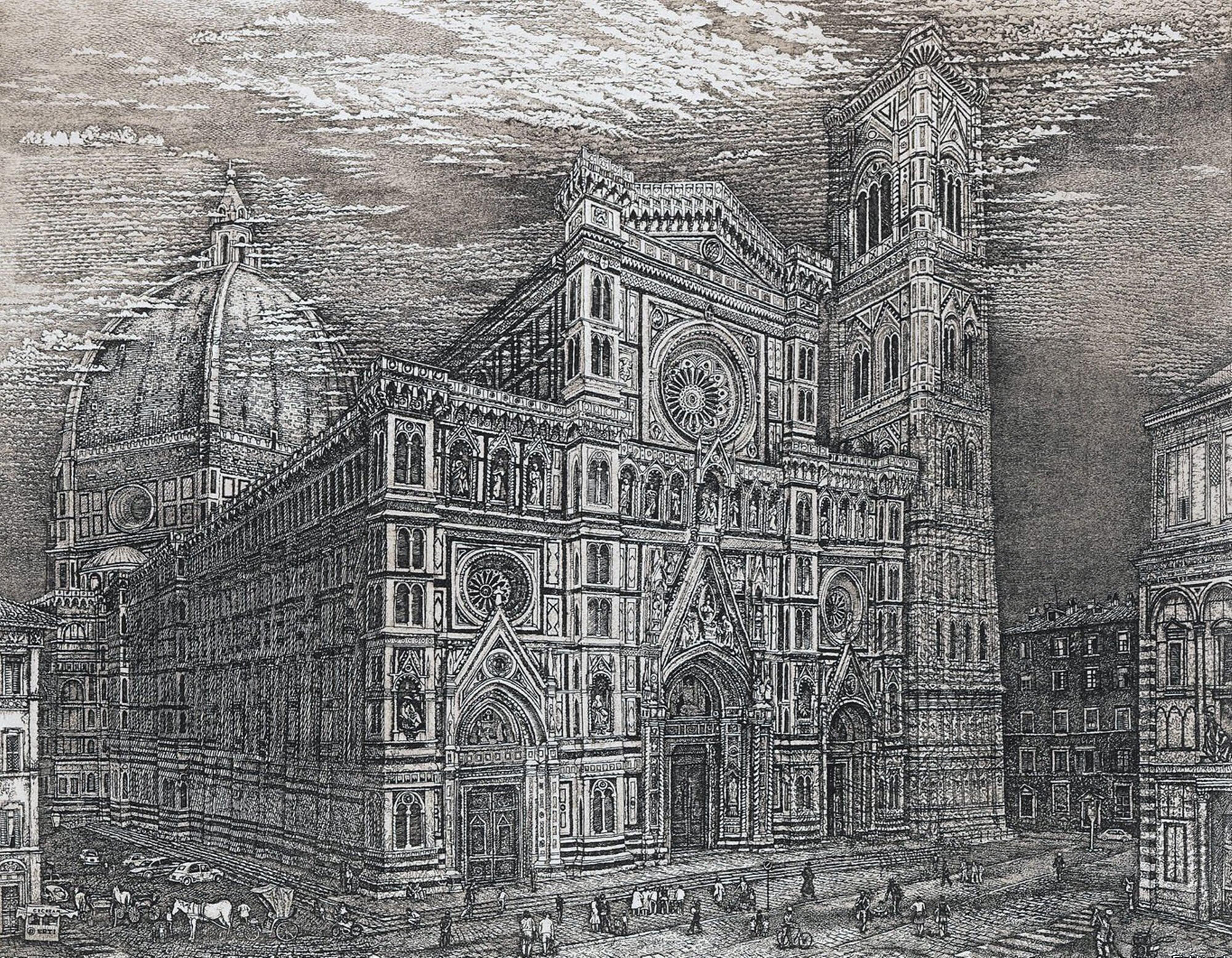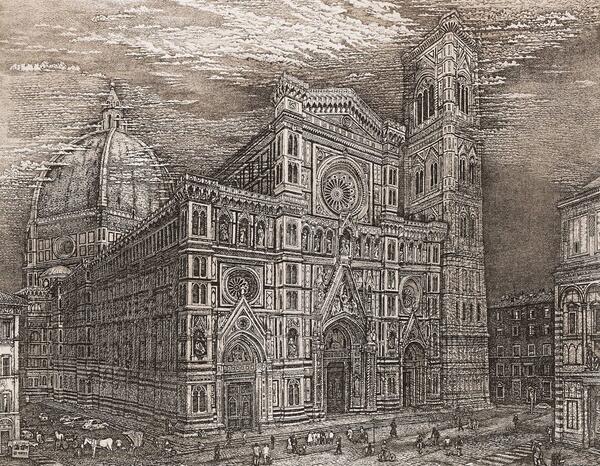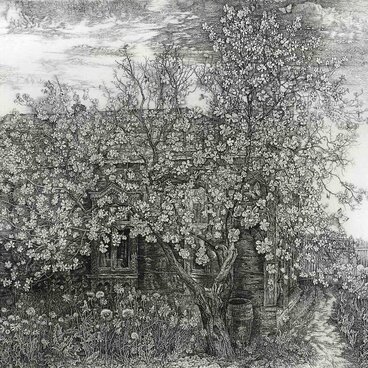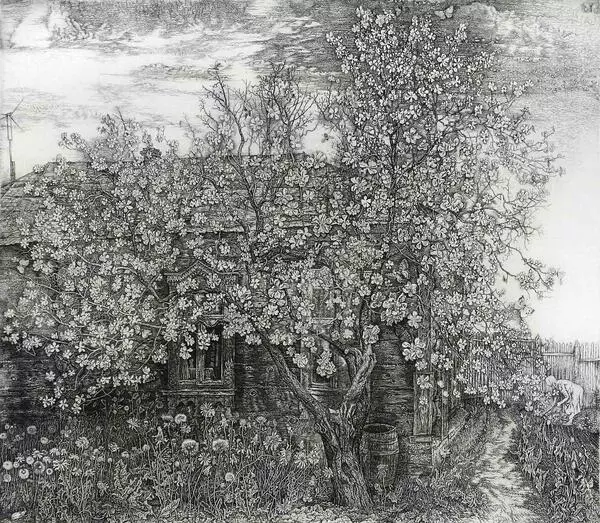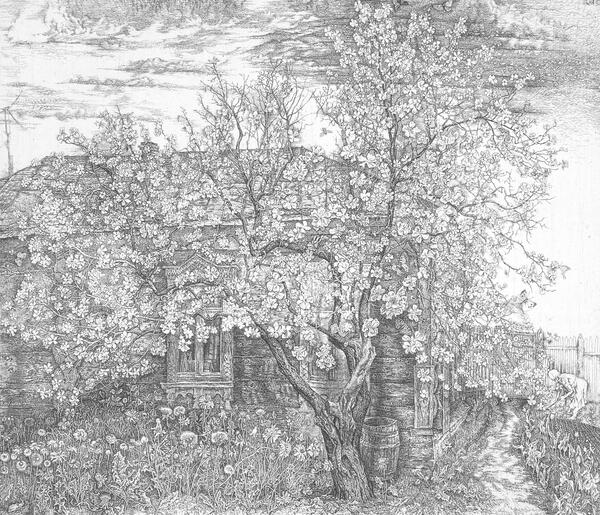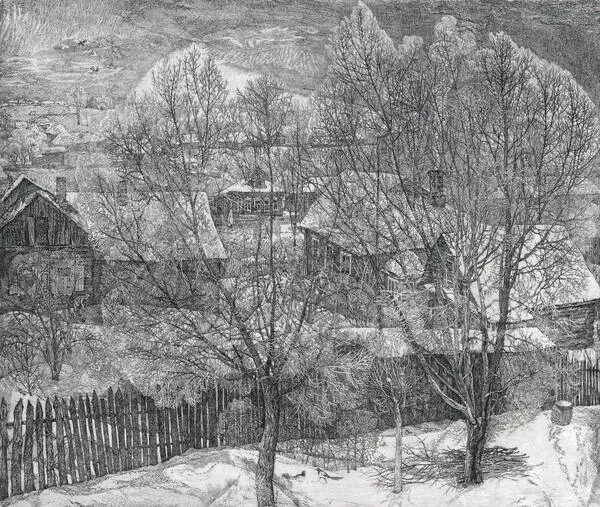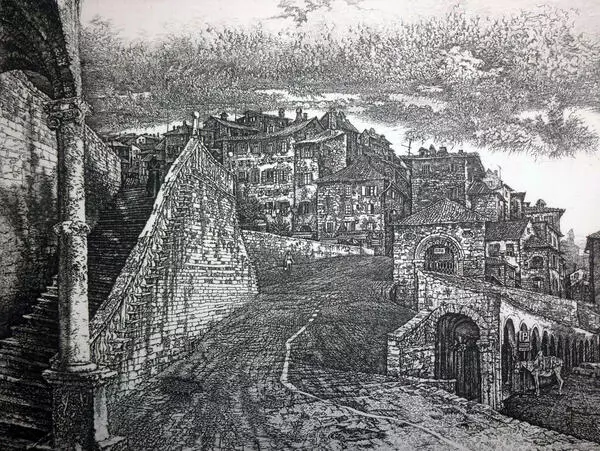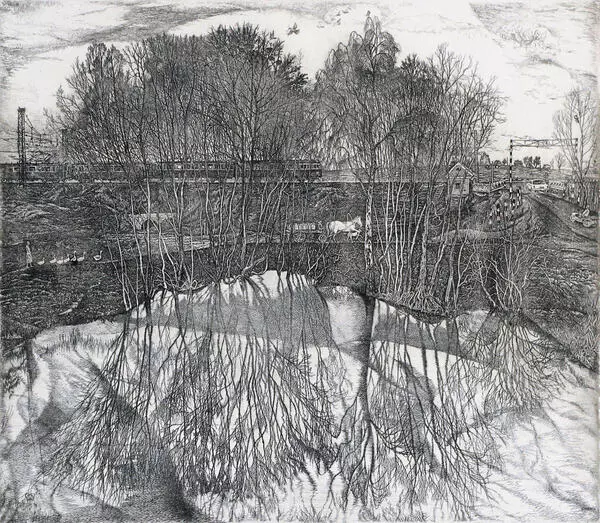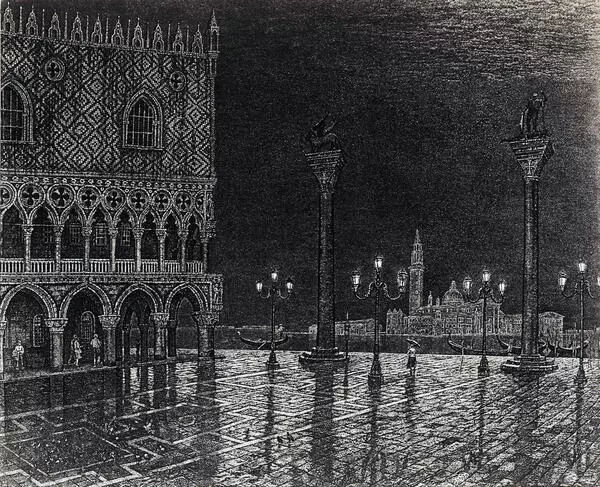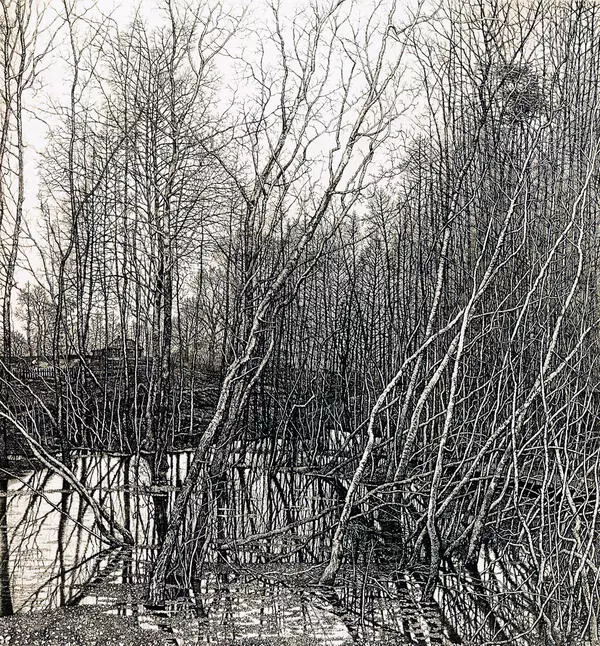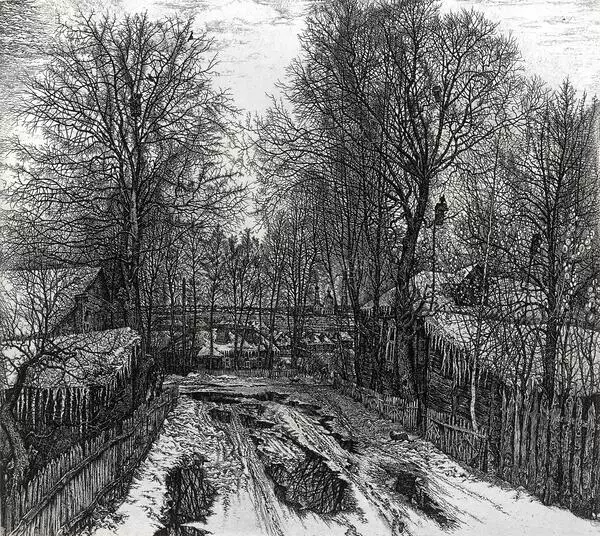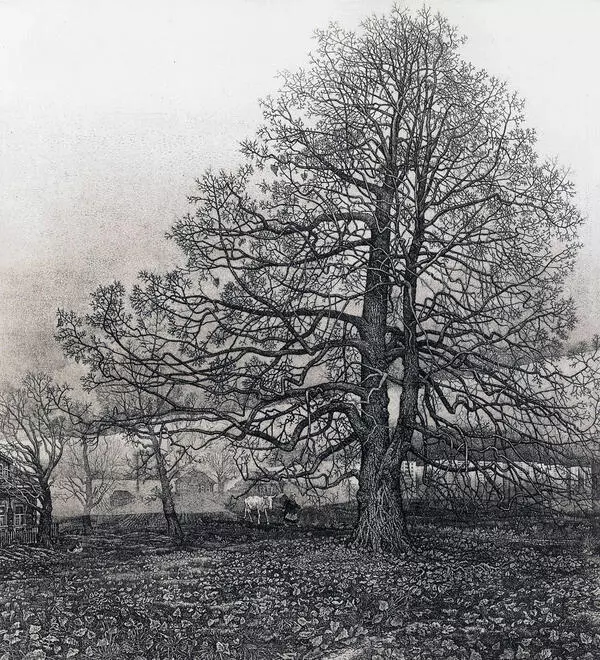Santa Maria del Fiore (which means “Saint Mary of the Flower” in Italian) is the cathedral in Florence and the most famous of the architectural structures of the Florentine Quattrocento (the “Early Renaissance” period dating back to the 15th century). It is located in the heart of the city in Cathedral Square. The history of its construction is linked to the iconic names of di Cambio, Giotto and Brunelleschi. Conceived as the city cathedral at the end of the 13th century, it underwent continuous construction and improvement until the early 20th century. The church is shaped as a Latin cross and has three naves, a transept and a semi-circular apse.
Architecturally, the dome, designed by Filippo Brunelleschi, is the most eye-catching element. The cathedral was designed so that it could accommodate almost the entire population of the city at the time. In other words, the temple was designed to resemble a large covered square. As a result, the red dome, one of Florence’s symbols, towers majestically over the entire city. The striking features include an ornate façade lined with colored Italian marble, stained glass windows, mosaics and frescoes, carved doors and bas-reliefs. Located in Piazza Duomo, together with the baptistery and bell tower by Giotto, the Cathedral of Santa Maria del Fiore is among the monuments of Florence’s historic center.
This work’s merits include the artist’s filigree stroke technique. What is also noteworthy is that such artworks which depict a separate architectural object in close-up are not very common in the oeuvre of Stanislav Mikhailovich Nikireev. The artist is to a greater extent known for his depiction of nature or other objects but against a backdrop of nature. Among his works is an image of the biggest Christian temple — St Peter’s Cathedral which is placed by the artist in the background and disappears into the landscape. This etching, therefore, is something of an exception. However, it is in the Italian series that a number of similar works can be seen. The depiction of the Colosseum, for example.
Architecturally, the dome, designed by Filippo Brunelleschi, is the most eye-catching element. The cathedral was designed so that it could accommodate almost the entire population of the city at the time. In other words, the temple was designed to resemble a large covered square. As a result, the red dome, one of Florence’s symbols, towers majestically over the entire city. The striking features include an ornate façade lined with colored Italian marble, stained glass windows, mosaics and frescoes, carved doors and bas-reliefs. Located in Piazza Duomo, together with the baptistery and bell tower by Giotto, the Cathedral of Santa Maria del Fiore is among the monuments of Florence’s historic center.
This work’s merits include the artist’s filigree stroke technique. What is also noteworthy is that such artworks which depict a separate architectural object in close-up are not very common in the oeuvre of Stanislav Mikhailovich Nikireev. The artist is to a greater extent known for his depiction of nature or other objects but against a backdrop of nature. Among his works is an image of the biggest Christian temple — St Peter’s Cathedral which is placed by the artist in the background and disappears into the landscape. This etching, therefore, is something of an exception. However, it is in the Italian series that a number of similar works can be seen. The depiction of the Colosseum, for example.
